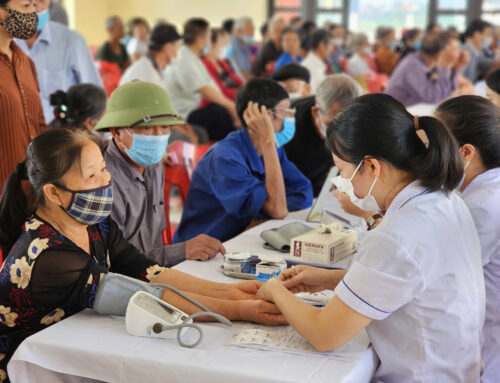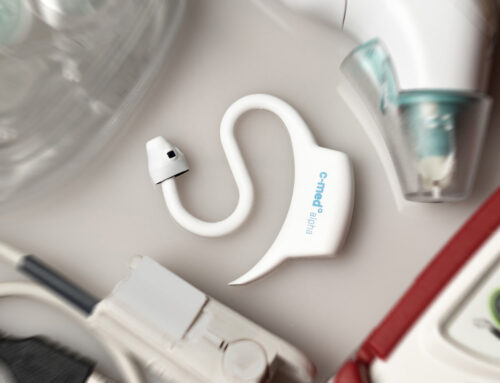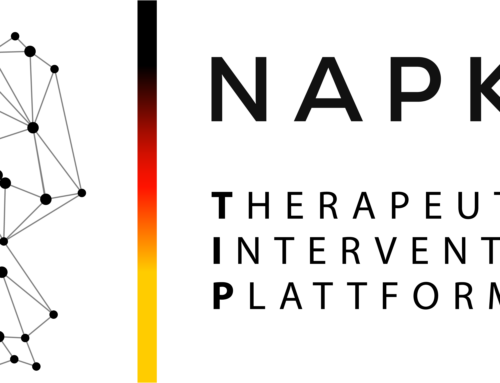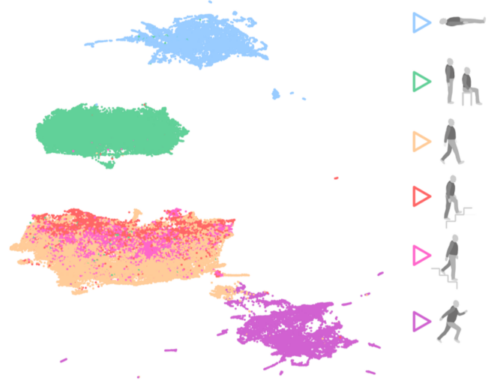Cooperation project to reduce movement artifacts and interfering factors in the PPG measurement of vital parameters
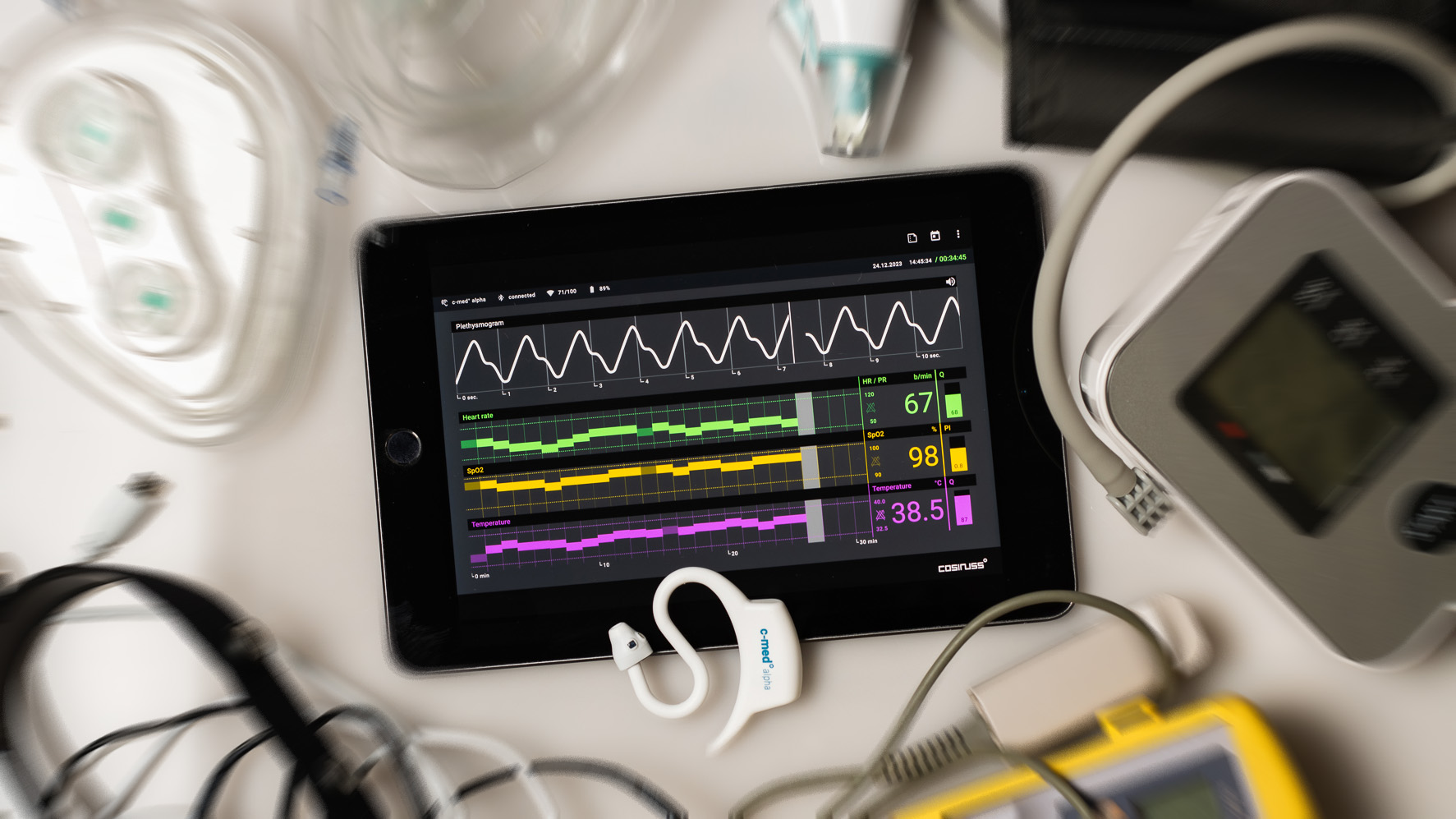
cosinuss° and Landshut University of Applied Sciences (HAW) have teamed up for a new cooperation project to tackle the challenges of optical measurement of vital parameters. The aim is to develop an earable that enables reliable measurements in the ear and is particularly robust against movement artifacts and other interference factors. For the first time, this in-ear sensor should be able to continuously monitor a large number of vital parameters despite movement. With the introduction of such a system, the project partners are aiming to fundamentally change the clinical monitoring of patients – especially those with restricted blood flow.
The ear as an ideal place to measure vital signs
Photoplethysmography (PPG) – a non-invasive, optical measurement method for recording blood circulation – can be used to determine a large number of vital parameters. However, PPG measurement is extremely sensitive to movement artifacts and stray light. The sensor must therefore be positioned as close as possible to the surface of the skin. However, vital parameter measurements on the extremities, as is usually the case with smartwatches, are subject to strong movements and other influences such as different ambient temperatures and incidence of light. It is also difficult or even impossible to measure the extremities if the patient has restricted blood flow. This often occurs, for example, in emergency patients who are in shock. The external auditory canal, on the other hand, is a suitable place to measure vital signs. This means that the already good blood flow to the ear canal tissue remains relatively stable even if the blood flow in the rest of the body changes. Vital parameter measurements in the ear can therefore be more accurate and reliable than in other parts of the body.
In everyday clinical practice, blood pressure is usually measured using pressure cuffs on the arm. This traditional measurement method only provides punctual data and, like the PPG measurement, can also be influenced by various factors, including the position of the limb. By combining blood pressure data with other vital parameters in a small, lightweight in-ear sensor, the diagnosis and monitoring of patients could be significantly improved.
Project goals
As part of HEAR-MOTION, the project partners want to develop a robust system that enables the continuous measurement of oxygen saturation and blood pressure in the ears of patients with restricted blood flow. Blood pressure measurement based on the PPG curve in the earable could thus be carried out independently of the blood flow to the extremities for the first time.
Development of customized sensors
New algorithms and optimized sensor geometry are being developed to eliminate movement artefacts and stray light – the main reasons for reduced signal quality. The sensor geometry is largely dependent on the patient’s individual anatomy. A particular focus of the project is therefore the investigation of the anatomical variations of the auditory canal. For the first time, simulations will be used to develop ear caps that are specially adapted to the different anatomies of the ear canal. This enables a more precise, more robust and more comfortable measurement. In addition, other parameters such as skin color will be taken into account when developing the ear caps to ensure an even more precise and individual fit.
Potential areas of application
The earable to be developed will be used both for real-time monitoring of emergency patients and for long-term monitoring. A particular focus is on the seamless monitoring of patients with restricted blood flow in the extremities (e.g. sepsis, burns or shock). This could have a positive impact on diagnosis, treatment and survival rates.
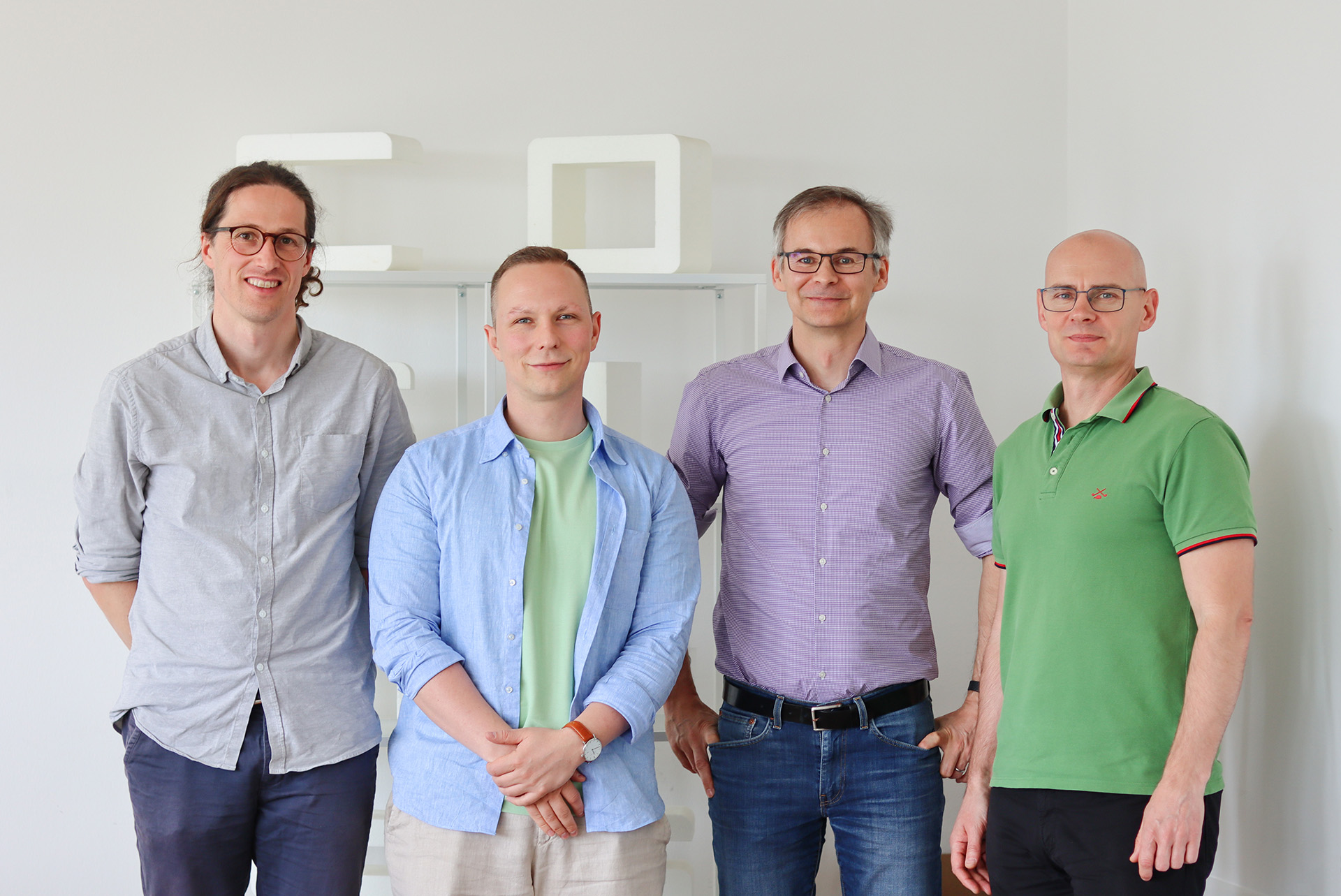
Photo: On April 30, 2024, the project partners of cosinuss° and HAW Landshut met for the kick-off meeting in Munich (Dr. Michael Weber, Maximilian Reiser, Prof. Dr. Andreas Breidenassel, Leo Lorenz).
Project duration and outlook
The HEAR-MOTION project is designed to run for 24 months. We will report on interim results and the final outcome here in the coming months.

